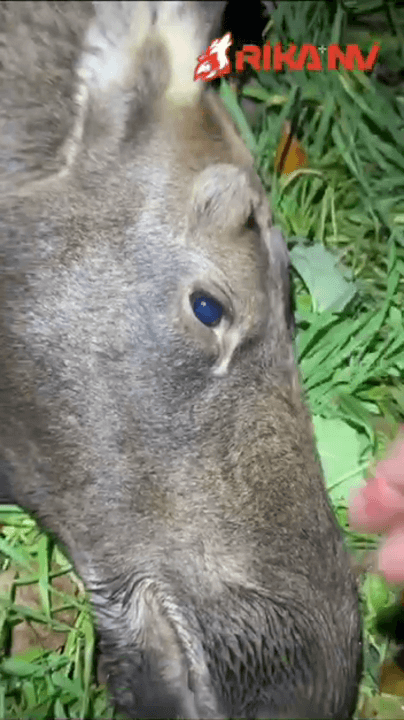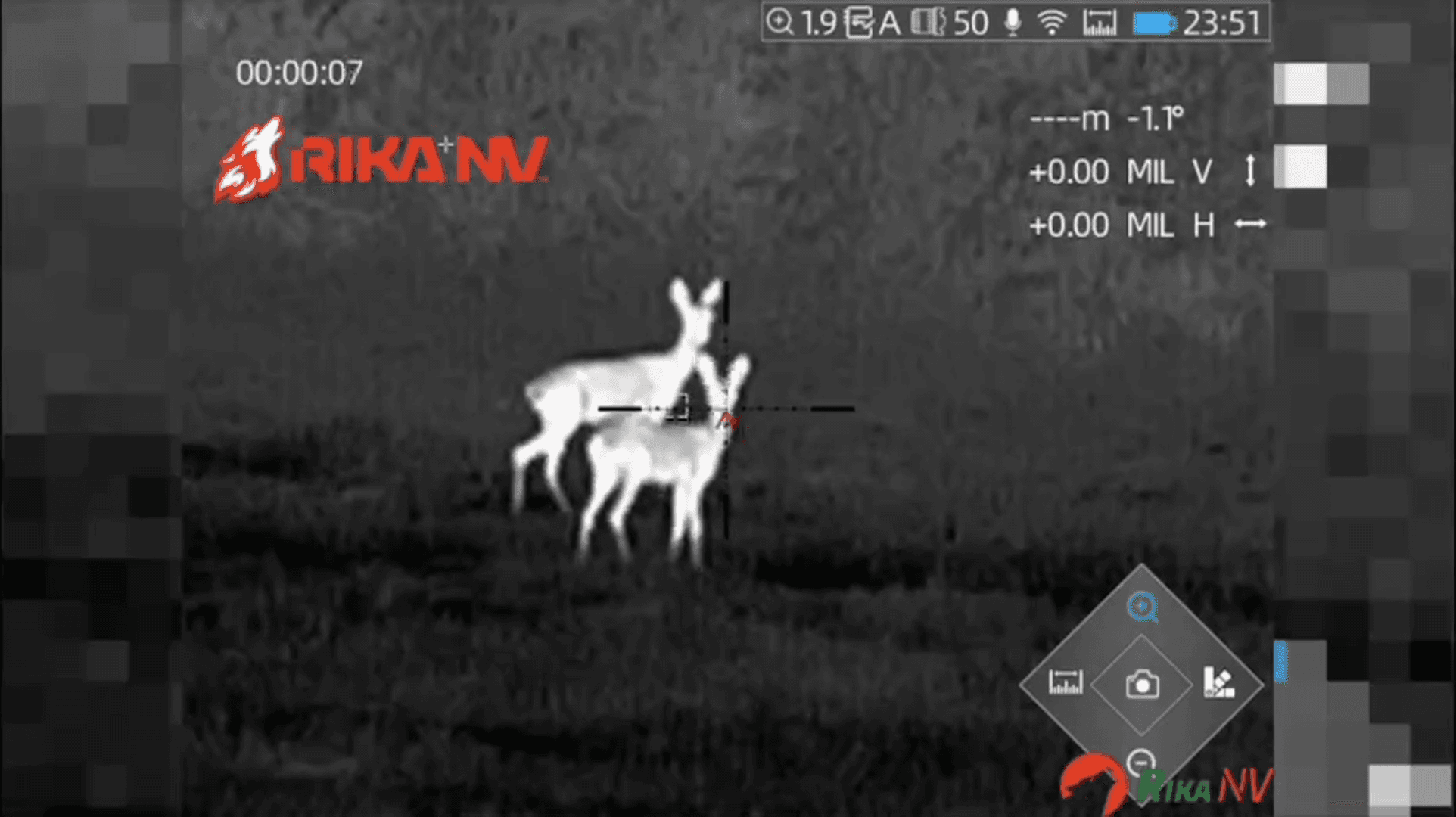
A hunter with his hunting fox. Canada, 1942. There is no historical evidence that foxes were used as hunting companions in Canada during the 1940s—or at any time in Canadian history. Unlike dogs, falcons, or even horses, foxes were not domesticated or trained for cooperative hunting in North America, including by Indigenous peoples or European settlers. Foxes in Canada were primarily associated with the fur trade, not hunting partnerships. The country had a well-established fur industry, and fox farming—especially for silver, red, and Arctic foxes—was a significant rural enterprise, particularly in the Canadian Maritimes, the Prairies, and the North. Fur farms proliferated in the early 20th century, peaking in the 1920s–1940s, when luxurious fox fur coats were in high demand in Europe and the United States. Wild foxes were trapped for their pelts, often using steel leg-hold traps or snares. Trappers—many of them Indigenous or Métis, or non-Indigenous residents of remote regions—reli
Post: 3 October 17:35
















































